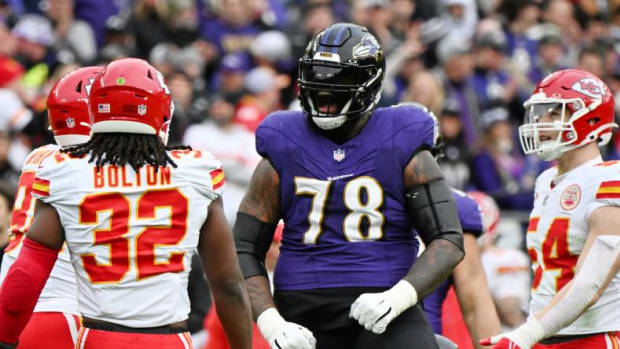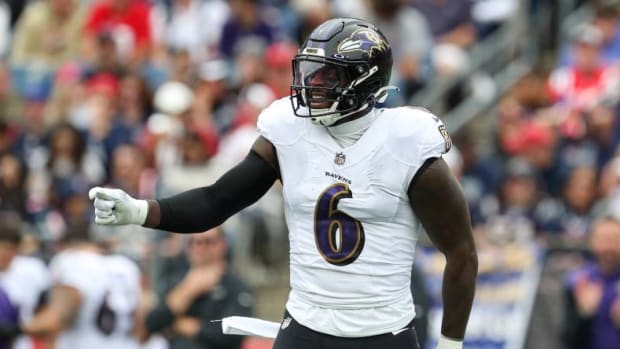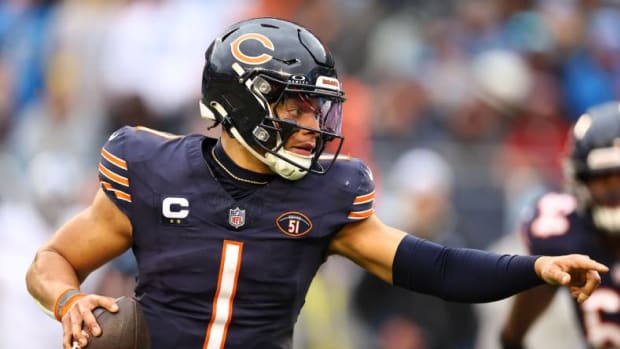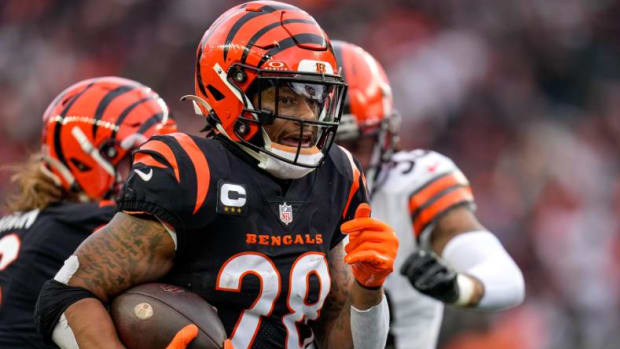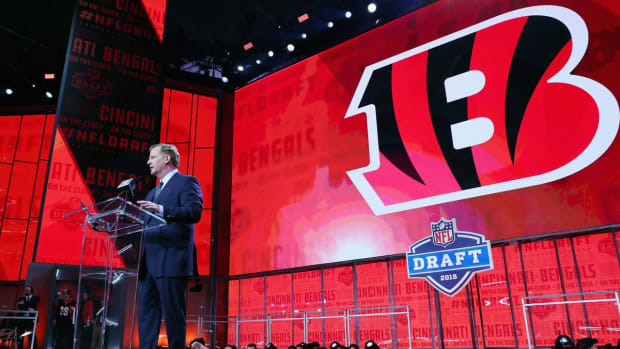Draftmetrics
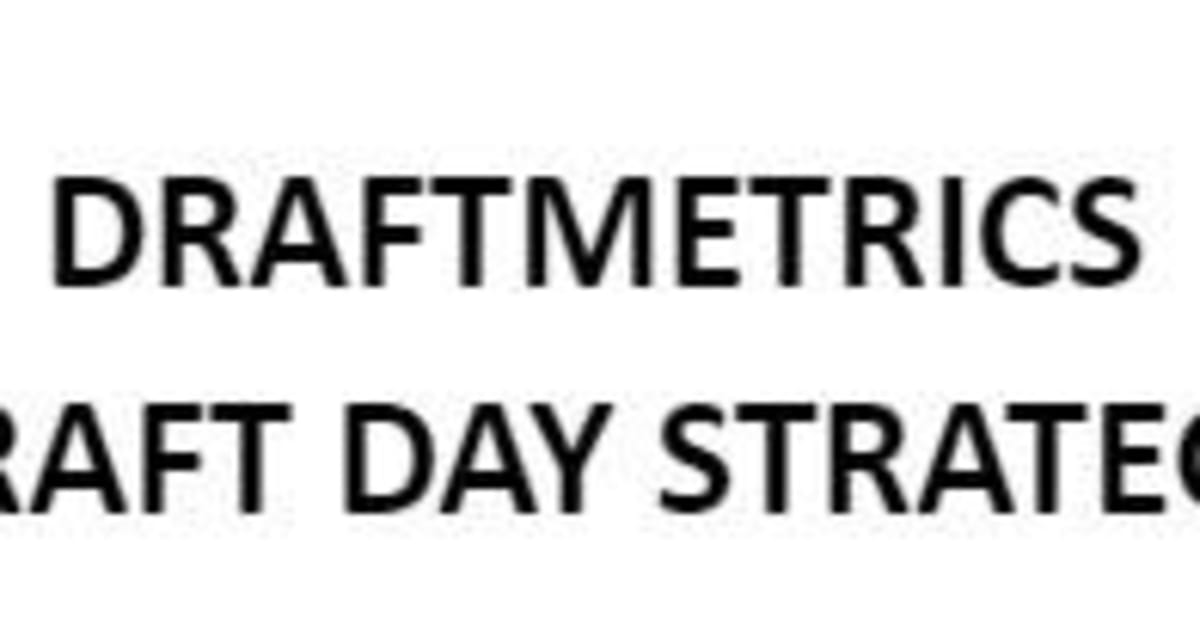
With the draft behind us, this article takes a final look at what just happened. The article first looks at winners and losers and then reviews how the draft unfolded.
Winners and Losers
The draft is a time of unbridled optimism. Every team is convinced the draft fell exactly the way they wanted. Sports writers extol the virtues of a 7th round running back and invoke comparisons to All Pros.
The Eagles are getting plenty of accolades in the national press and my hometown Steelers are getting their fair share as well. The Eagles built on a strong Georgia to Philadelphia pipeline, and even enhanced that by acquiring D’Andre Swift in a draft day trade. They are being lauded for being able to grab Nolan Smith with the 30th selection when many had him pegged to go in the first half of the first round. Similarly, the Steelers are getting praise for latching onto Joey Porter with the first selection of the second round when he was expected to go mid-first round.
Are these true “steals” or were they overrated in the pre-draft forecasts? Time will tell, but teams tend to get rated highly when they select players the public expected to be picked earlier.
In reality it will take time to know the true winners in the 2023 draft. Injuries will happen, some players will have off-field issues and others will be outright busts, but right now all is sunshine and blue skies. This article looks at the draft through the lens of probabilities with no allowance for the number or location of selections. This takes the view that whoever ends up with most Major Contributors (players who play at least 500 snaps for at least three seasons) had the best draft. Admittedly, this approach, has limitations as it assumes that all Major Contributors (MCs) are equal, whether the scrimmage snaps are by a tight end or a franchise quarterback.
A team’s expected number of MCs is a function of when draft choices are made and what playing positions are drafted. This recognizes that, historically, some positions are riskier to draft than others in each stage of the draft.
Based on historical averages, it is expected that 78 MCs will come out of the 2023 draft. That computes to an average of 2.44 per team. Draft grades were assigned using that average as a baseline. The grades are described as follows:
The following table lists the grade of each team in order of their expected MCs.
Actual results tend to vary significantly from the averages. Looking at the 2016 through 2020 drafts (it is too soon to evaluate the 2021 and 2022 drafts), the number of total MCs varied from 63 (2020) to 91 (2016). Individual teams in those years varied from no MCs to a high of seven (Saints in 2017 and Ravens in 2018).
Here is a summary of MCs by year and team.
The distribution of the 160 possible outcomes (32 teams times 5 years) is as follow:
This shows that a team will have either two or three MCs almost 60% of the time.
How the Draft Unfolded
For all the talk of certain positions being deeper than others, the draft unfolded pretty much as expected. The number of trades was dizzying. Only 16 of the 31 first round selections were made by the team that was the original owner of that draft slot.
Following is a comparison of the number of players drafted by position in 2023 and the average number from 2012 through 2022.
There are a few things worth pointing out.
- A few more quarterbacks than usual were taken in the 4th and 5th rounds (7 vs. average of 3)
- The selection of two running backs in the first twelve picks has happened only one other time (2017) during the 2012 through 2023 drafts. In 2017 Leonard Fournette was taken 4th and Christian McCaffrey 8th.
- A higher than usual number of tight ends were selected in the 2nd round (5 vs average of 2) and none were taken in the 4th or 6th rounds.
- An unusually low number of offensive linemen were taken in the 3rd round (2 vs average of 7), followed by a run on offensive linemen in the 4th round (10 vs average of 6)
- More linebackers than usual were taken in the 5th and 6th rounds (15 vs average of 12), offset by fewer than usual (3 vs average of 6) in the 7th round.
- Fewer defensive backs were taken in the first three rounds (17 vs average of 21) with more taken in the 4th through 7th rounds (38 vs average of 31)
- The number of 1st round DBs (4) was lower than all but one year (2019) in the 2012-2023 period. Three were selected in 2019.

